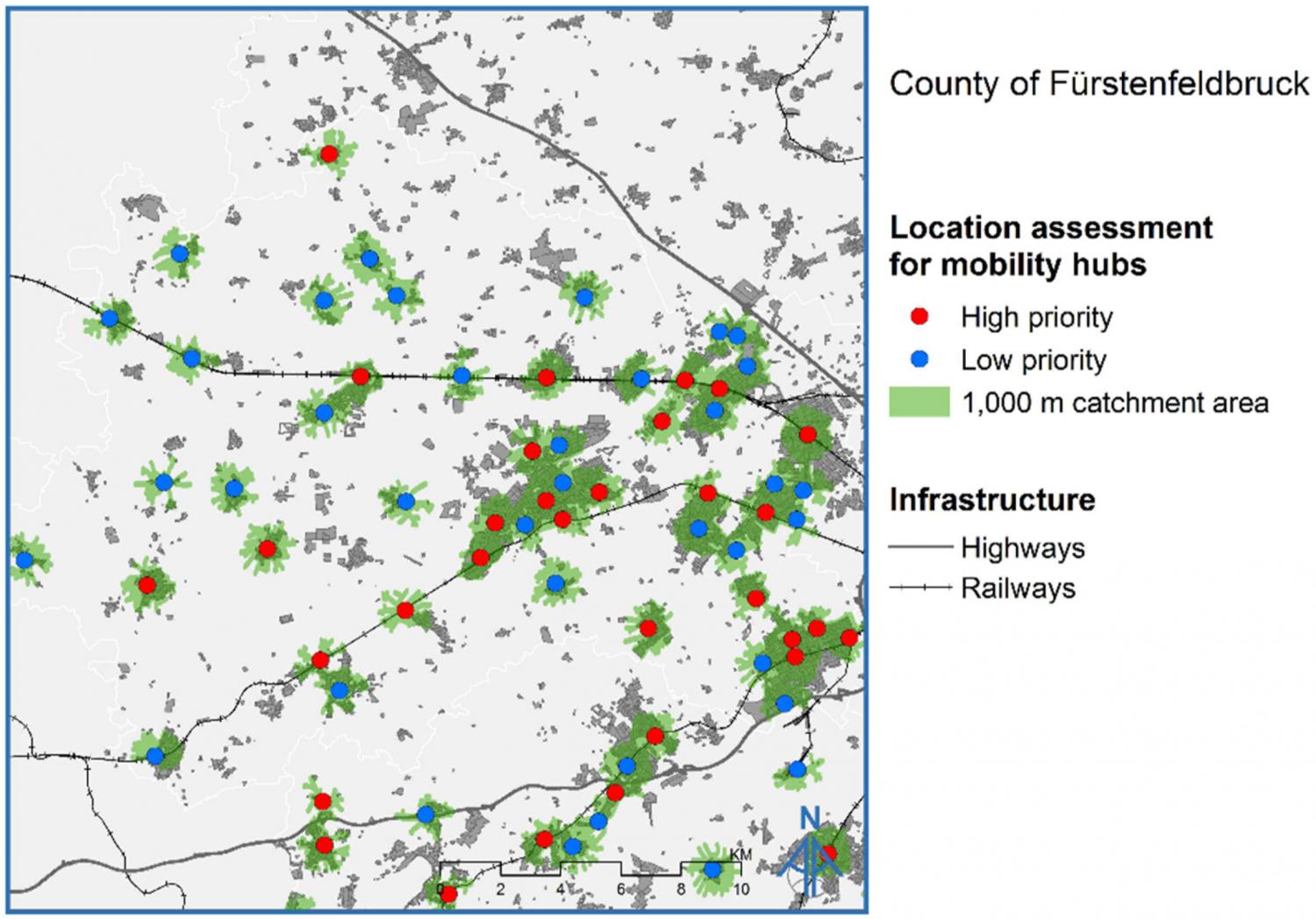
Elsevier, Transport Policy, Volume 111, September 2021
The accessibility concept provides a suitable framework for the achievement of sustainable land use and transport systems. Environmental and climate concerns have gained particular relevance among sustainability goals in recent years, thus reshaping political agendas all over the world. Against this background, this paper explores the practical relevance of accessibility instruments for low carbon mobility planning. A theoretical framework on usefulness is developed, which outlines potential application purposes related to identifying needs for interventions in the land use and transport system, assessing the impacts of potential solutions, as well as communicating between planning sectors and stakeholders. Three real-world planning issues in the Munich region serve to test the hypothetical usefulness of accessibility instruments for low carbon mobility planning in empirical applications. Practitioners were involved at various stages throughout the process in order to capture their perspectives on practical relevance. Both the identified planning issues and the types of accessibility implementations were diverse in nature, showing that accessibility analysis is applicable to a variety of tasks connected to the aim of reducing transport-related emissions. Earlier findings about the practical relevance of accessibility instruments were confirmed in this context, in particular the importance of communicative outputs. While more research in other spatial contexts is clearly needed, we conclude that accessibility instruments can contribute to a low carbon transition by enabling practitioners to plan for low carbon mobility options and communicate the benefits of these options. However, the implementation of accessibility instruments might be hampered by emerging barriers, such as the need to quantify emissions and emission savings, the desire to consider qualitative aspects in addition to quantitative indicators, and the lack of accessibility standards and reference values.
